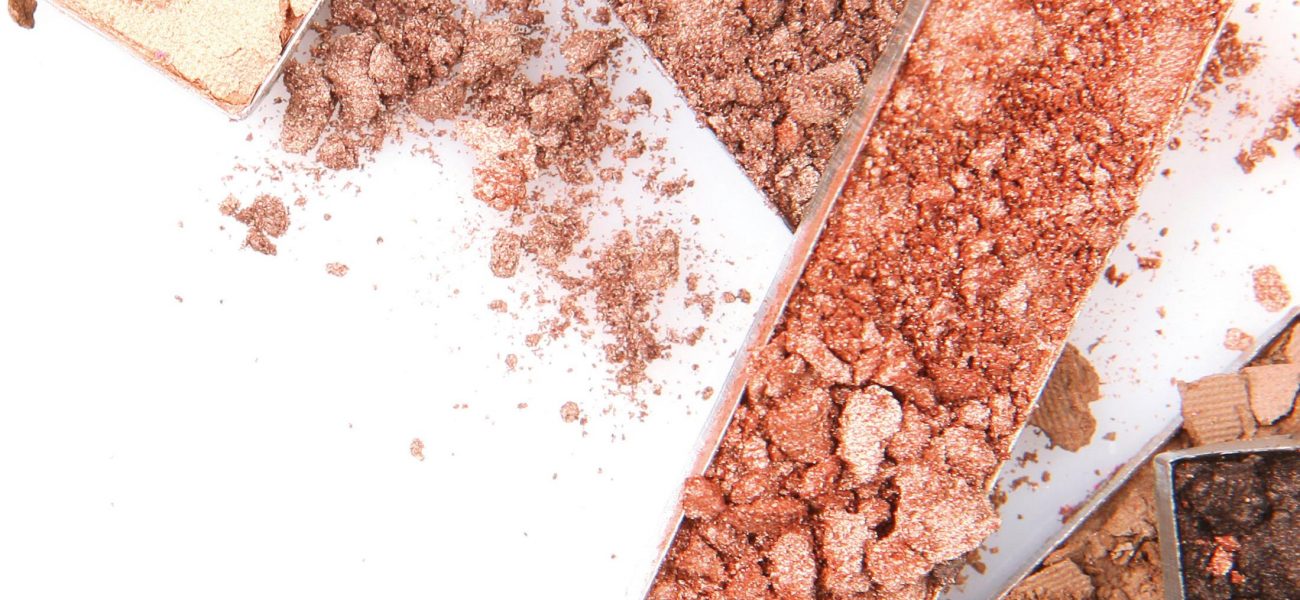Still sleeping in your make-up or forgetting to moisturise? Industry expert Caroline Hirons is here to put us straight
Dubbed ‘the most powerful woman in beauty’ by the media and ‘the queen of skincare’ by her legions of followers, skincare expert and beauty blogger Caroline Hirons is a force to be reckoned with. Caroline started her blog in 2010 with a no-nonsense approach to what you do and don’t need to put on your skin, and she recently published her debut book Skincare to show you how to choose the right product for your skin based on age, skin concerns and budget. Here, Caroline uses her wisdom to help us sort fact from fiction when it comes to our beauty routines.
Myth #1
It’s ok to sleep in your make-up
Enough already. Stop saying that it is OK to sleep in your make-up. It is not. The average woman wears a mix of the following:
- SPF
- Primer
- Foundation
- Powder
- Concealer
- Blusher
- Bronzer
- Eyeshadow (multiple)
- Eyeliner
- Mascara
- Brow pencil
- Lip liner
- Lipstick
- Lip gloss
That is a lot of product on your face. SPF, in particular, is designed to stick to your face; that’s its job. Add to that all the dirt and pollution from being outside and you have the perfect storm brewing for spots, dehydration, dullness – a whole plethora of issues. Wash your face at night. Do not sleep in your make-up. If your partner prefers you with make-up, get a new partner.
Myth #2
If you have oily skin you do not need to moisturise
The biggest mistake people with oily/ combination skin make is to try to ‘strip’ the skin during the cleansing stage – to the point where it squeaks *faints* – and then not apply anything else on top and just go. Your face is not a shampoo advert. You cannot just ‘wash’n’go’. For the more lubricated among us:
1. Cleanse your face with a good nonfoaming cleanser (oil, cream, milk or gel – no mineral oil and no bubbles).
2. Exfoliate with an acid toner.
3. Spray hydrate [using whatever flower mist, water or traditional toner you like].
4. Apply a light serum to target specific skin conditions (ageing, pigmentation, scarring, dehydration and more) if that is a concern.
5. Apply either a hyaluronic serum, a moisturiser, or even a facial oil designed for your skin type.
Use serums to treat your skin condition. Use moisturisers or facial oils to treat your skin type. Washing your face and going out with nothing on it is akin to leaving the house butt naked.
Myth # 3
You have to use everything from the same brand
I’m often asked these two questions: ‘Do you use different products every day?’ and ‘Don’t you have to use everything from one brand in order for them to really work?’ The answer is ‘Yes’. And then ‘No’.
Yes, I use different skincare every day, in the same way that I wear different clothes and eat different food, and I always have. Even when wildly restricted by budget, I would have at least two moisturisers and two or three cleansers on rotation. Your skin is different every day. Your products can be, too. No, you do not have to use everything from the same brand. The only thing to be concerned about is clashing vitamin A products that you get on prescription, but in that case, your doctor would have advised you about what to use/not use when issuing the prescription. Over-the-counter products very rarely ‘clash’ because the percentages of active ingredients are low – they won’t build up or interfere with each other.
What is important is the order you use items and the formulas themselves. Your serum from XYZ won’t know that your moisturiser is from ABC and stop working in protest. That’s not how it works, no matter what sales hype you are given from the brands at a beauty counter. The products I use, as a rule, tend to have peptides, hyaluronic acid and vitamin A (at night) in them. They vary in strength and formulas, though may have similar ingredients. There are thousands of products out there. Embrace them (again, obviously within your budget), and the next time someone tells you that you simply have to use their moisturiser on top of their serum or they won’t work, don’t buy either of them.
Myth # 4
Eye products fix genetic dark circles
Are dark circles driving you mad? Have you tried everything under the sun to get rid of them? Your options are limited in terms of what you can do about them, and there are definitely things that can make them worse. I’m talking specifically to my lovely Asian readers, darker-toned readers and even my lovely red-headed, extremely pale readers. If you can see dark circles under your eyes and, to your knowledge, there is no particular reason for them, look at your parents/immediate family. If they also have dark circles, they probably run in your genes, and there isn’t a cream alive that will safely deal with that kind of dark circle.
Sure, there are excellent eye products that can take the edge off, and some brightening ones that will ‘lift’ the appearance of them, but anyone who looks you in the eye and says ‘this cream will absolutely fix your dark circles’ is either misinformed or not being completely straight with you. It’s a little easier for those of us with occasional dark circles caused by things like illness, dehydration, or too much of a good (bad) thing, but genes are hard to mess with.
If you really hate the dark circles, you could talk to a dermatologist about trough filler: a non-surgical procedure, it involves injecting the area with hyaluronic acid filler, which sits just under the skin and essentially hides the dark circles. For most people, one treatment will last 12-18 months.
Acne myths and old wives’ tales
Here are a few untruths out there:
Acne is caused by dirty skin
Not true. There is a massive difference between bacteria and dirt. Over-washing your face destroys the acid mantle that protects your skin (the very fine acidic film on the surface of the skin that is your first line of defence against bacteria and viruses), creates an alkaline environment, and makes your acne worse and your skin a dry, dull, sore breeding ground. Having said that, I highly recommend that you regularly change your pillowcases (at least once a week).
You can ‘dry up’ spots
Not true. A spot is a mixture of oil, inflammation, bacteria and dead skin cells. There’s no water in that list. All you are doing is drying the surrounding area in the hope that it will make the spot look smaller. What it actually does is put the spot on its own ‘look at me’ platform.
You can use toothpaste or nappy/diaper cream to spot-treat acne
A one-off spot may have its redness taken down – temporarily – by applying one of these, but they won’t get rid of acne. If acne could be fixed by what you’re using on your teeth or your baby’s backside, all of our problems would be solved. Dude, stop putting toothpaste and bum cream on your face.
For more, read this Skincare by Caroline Hirons is out now in hardback, eBook and audiobook (HQ, HarperCollins)




















